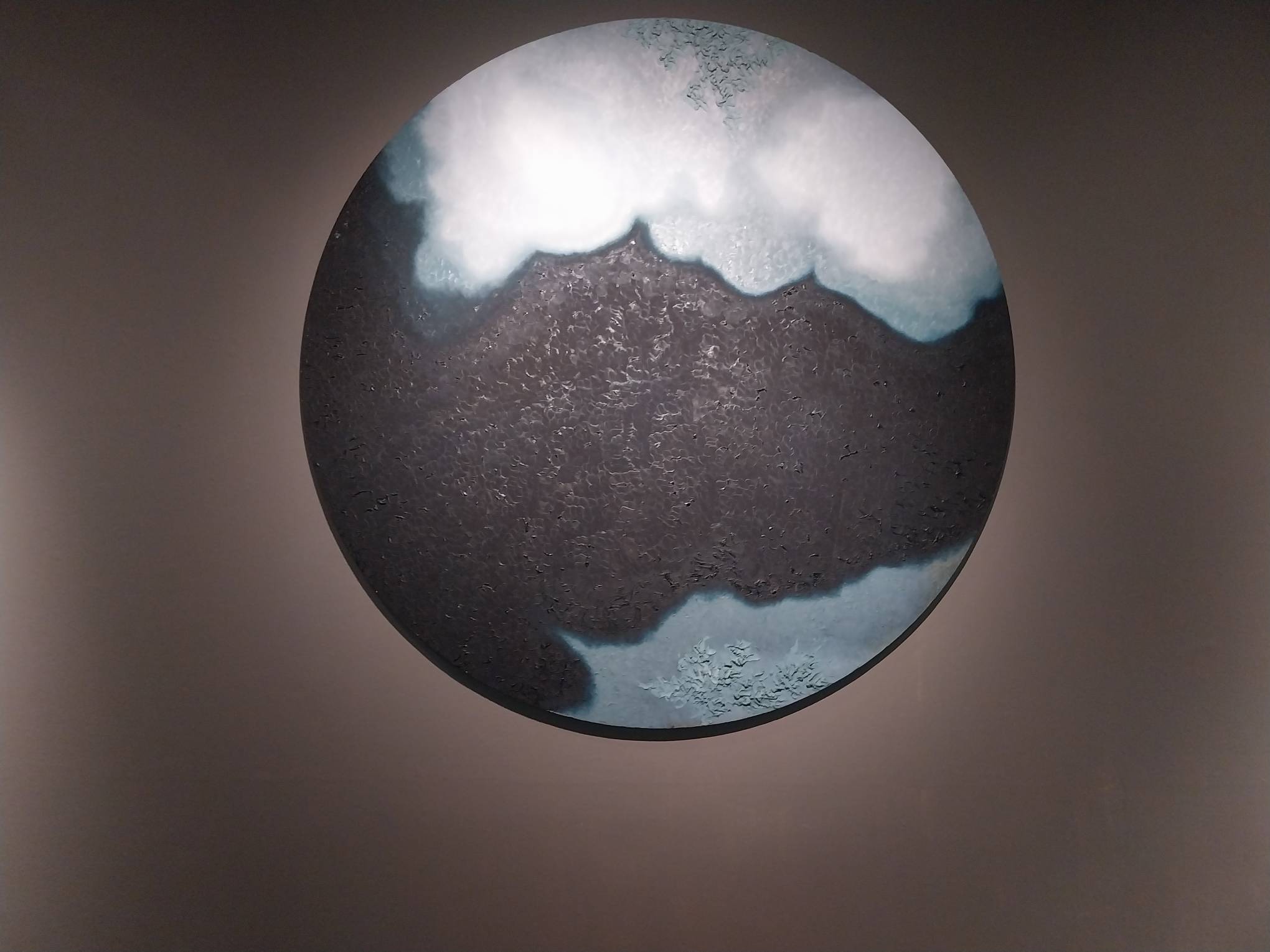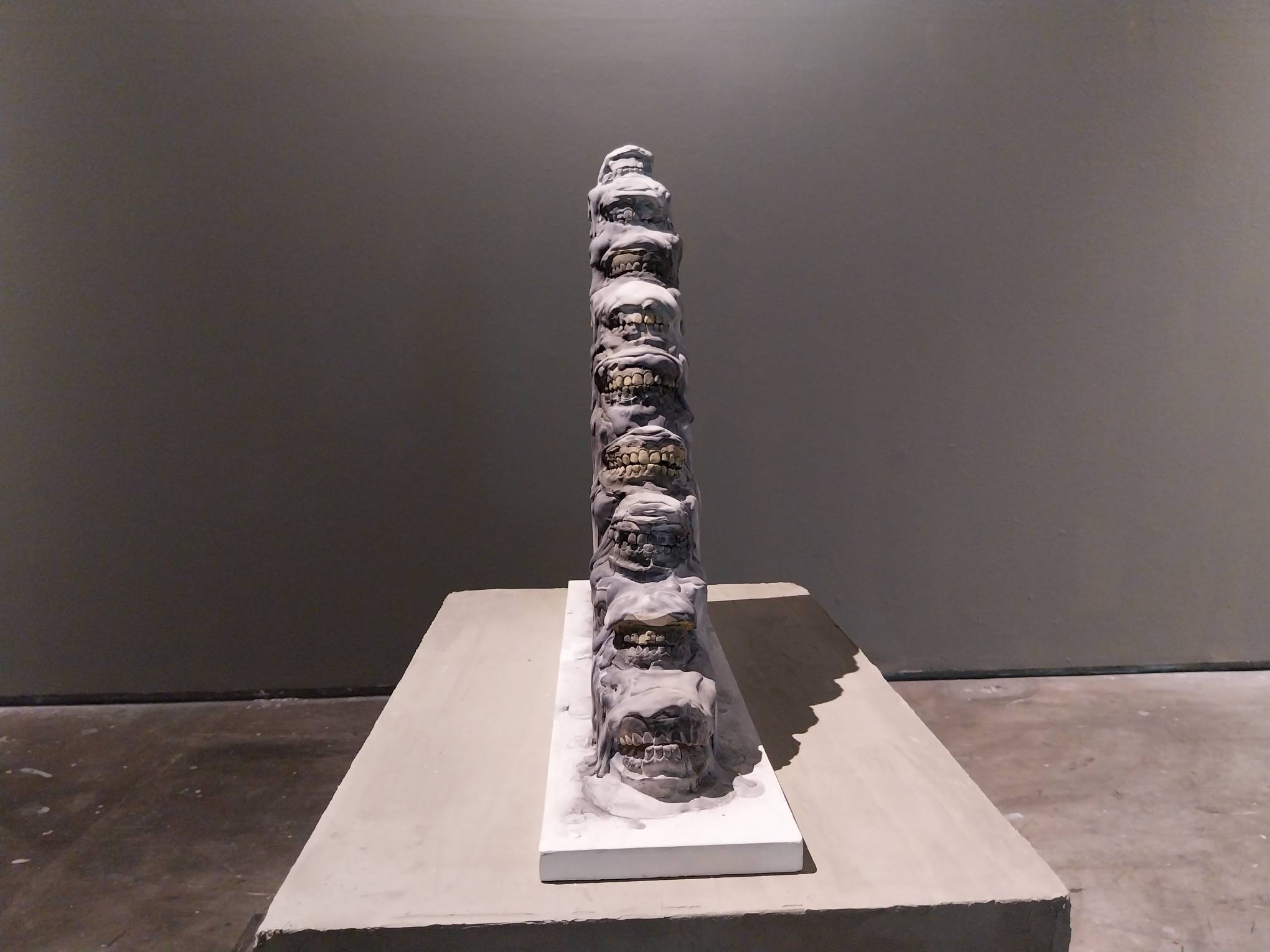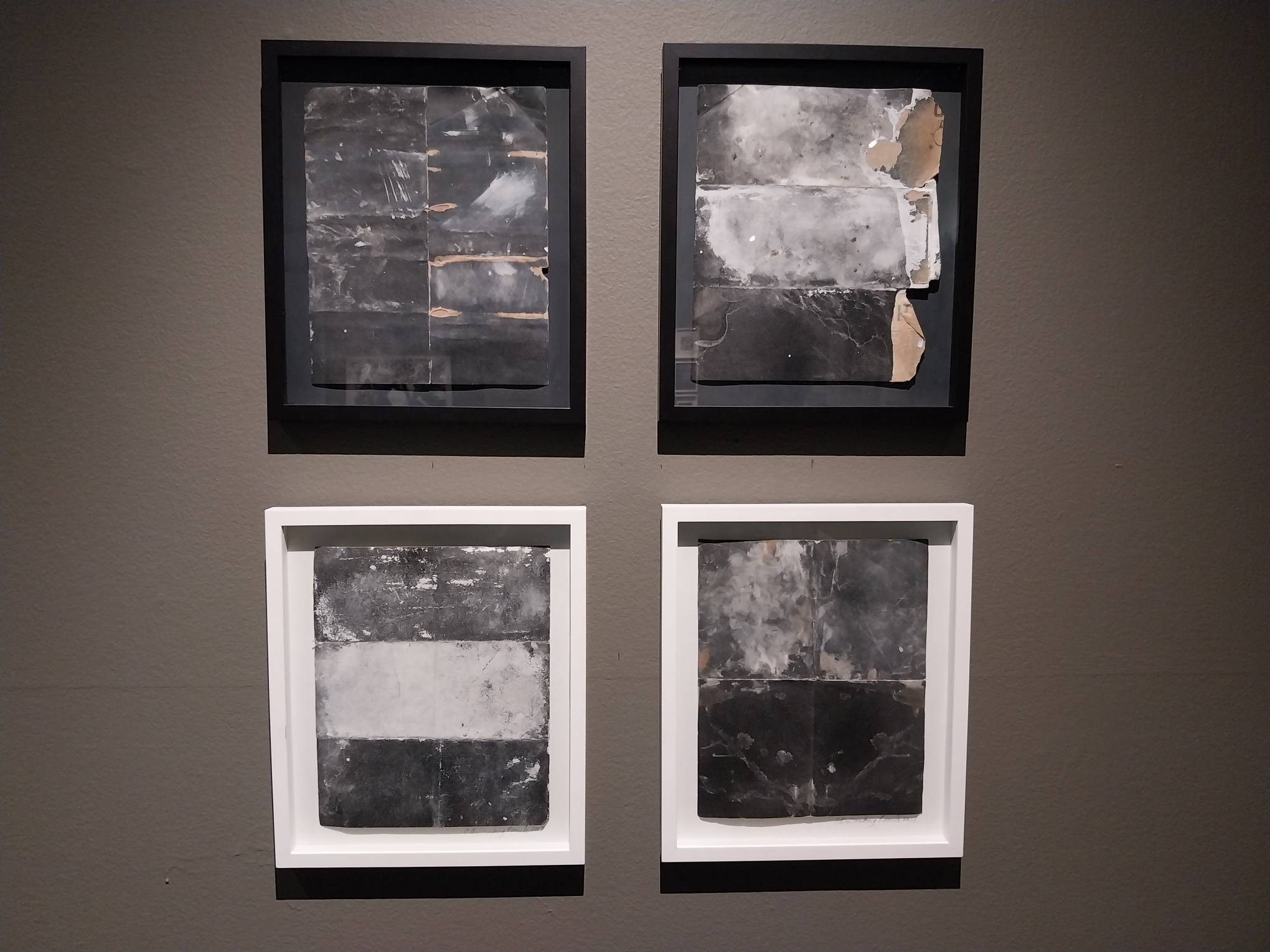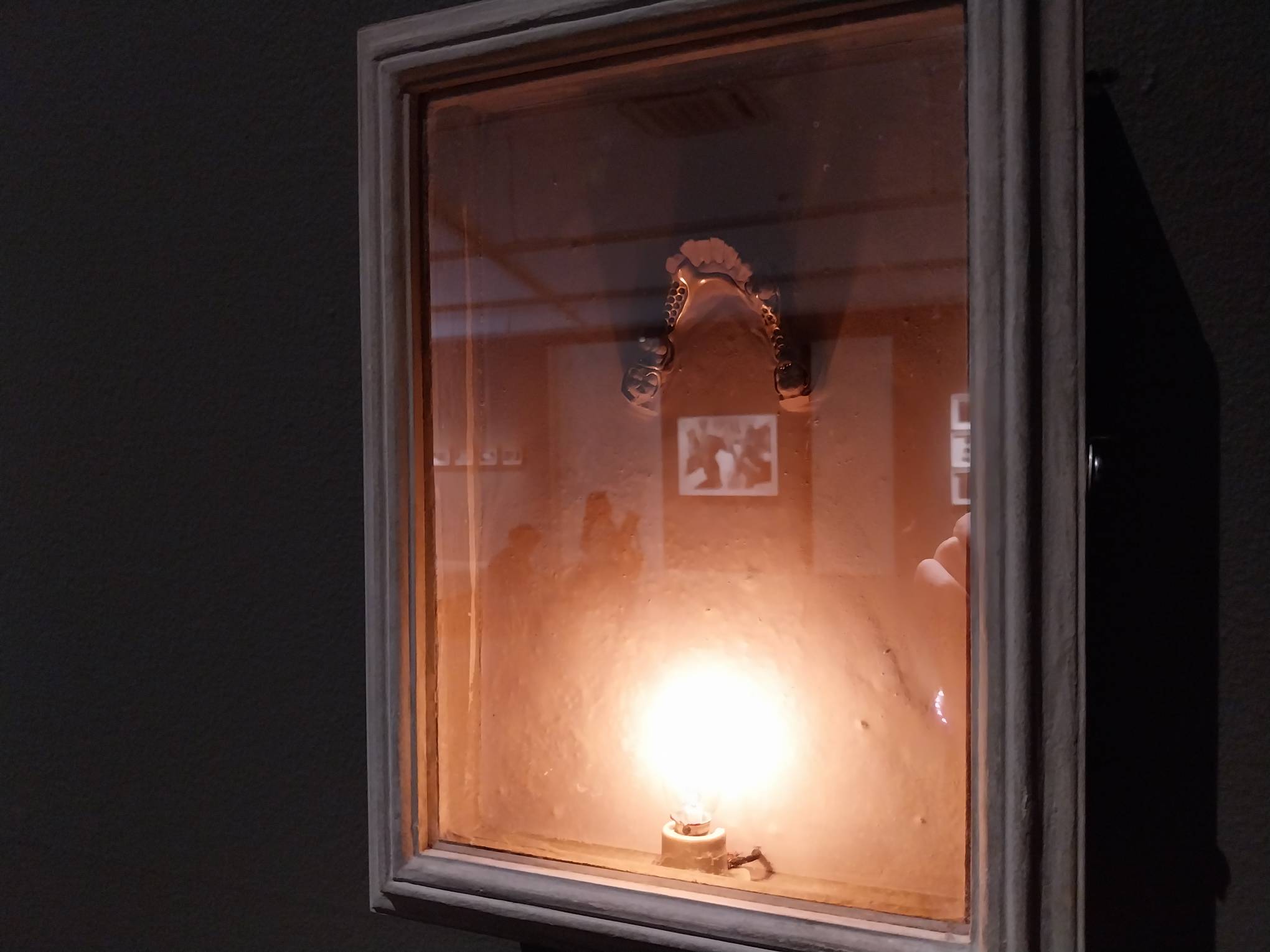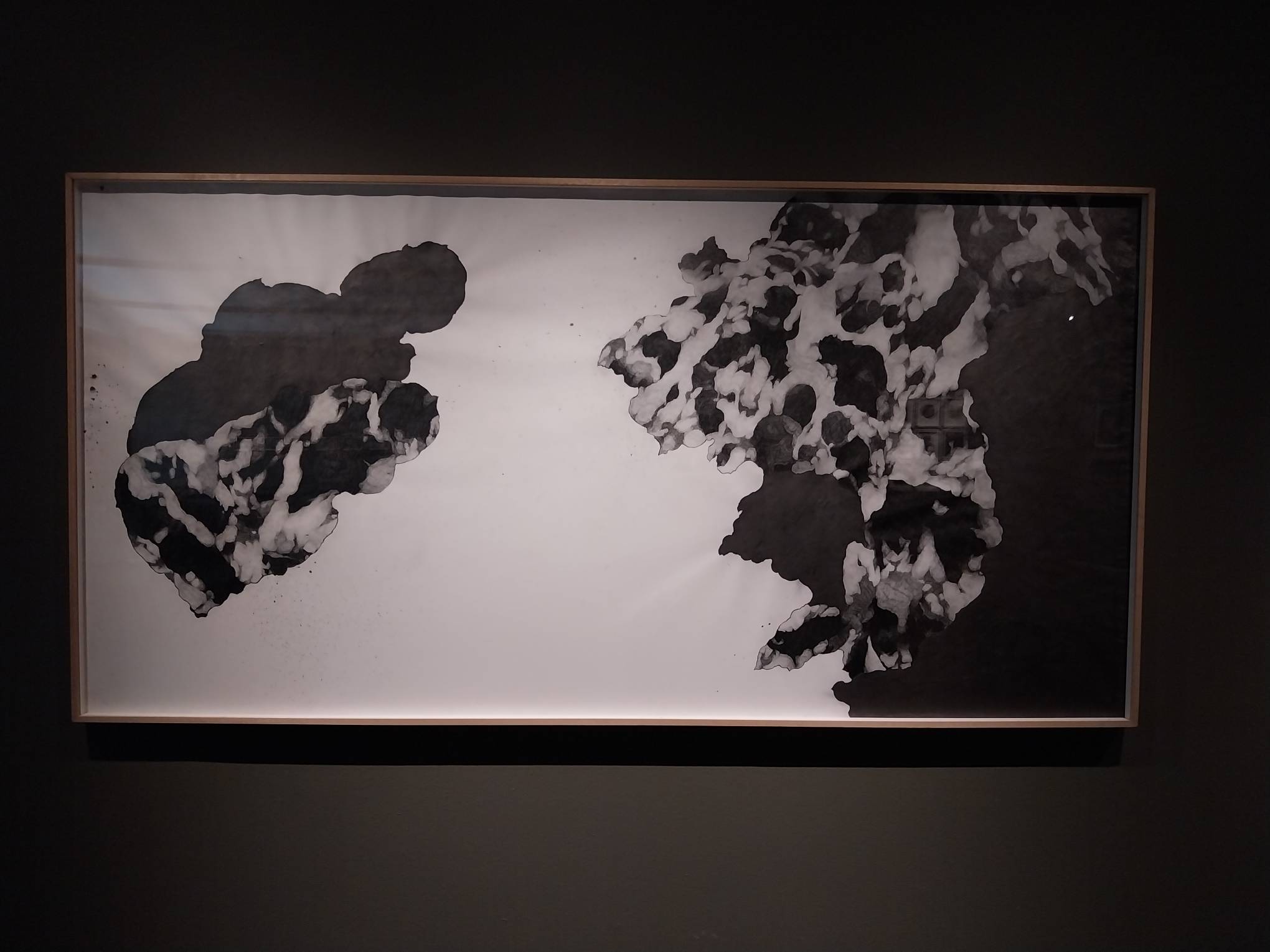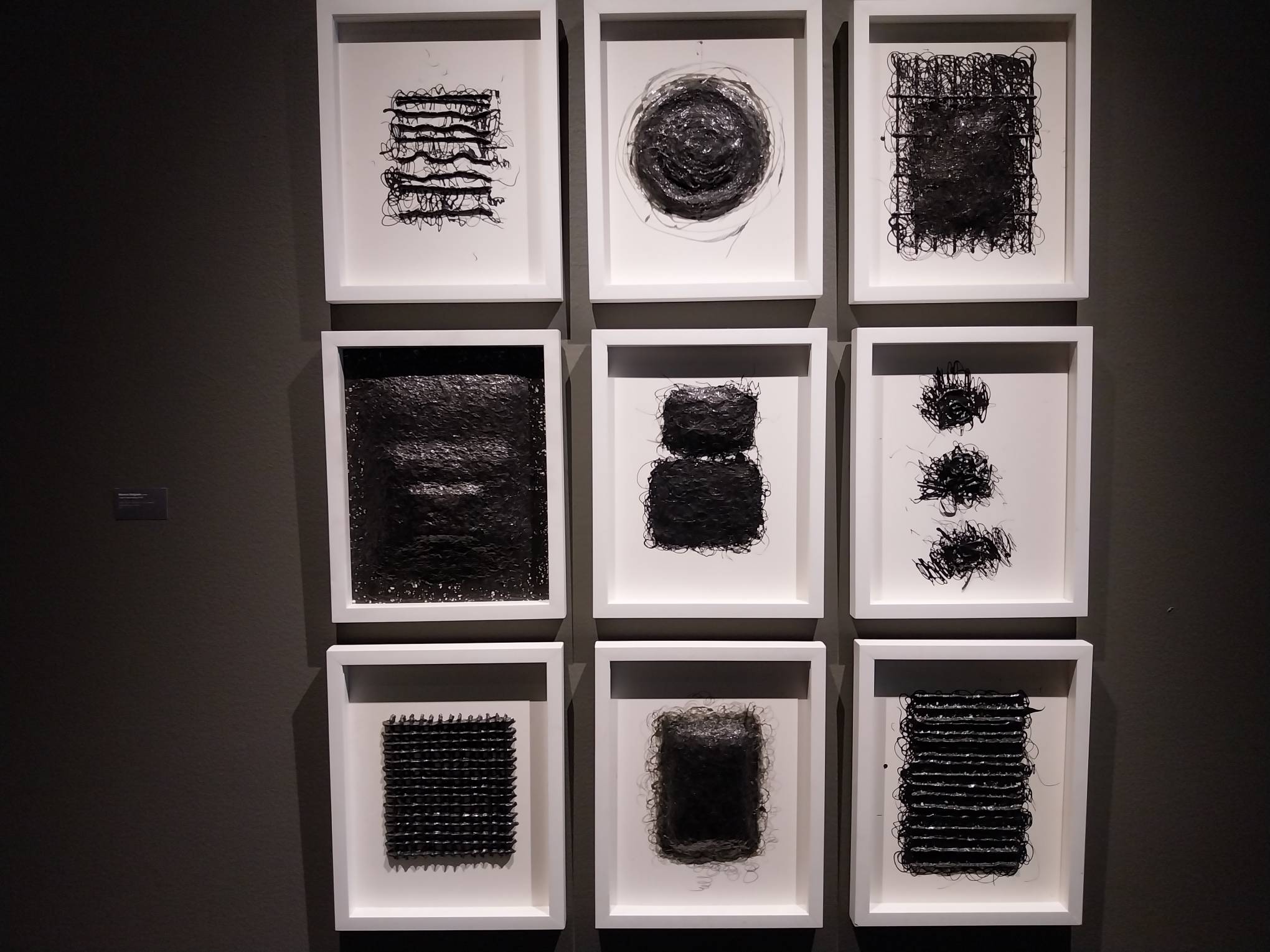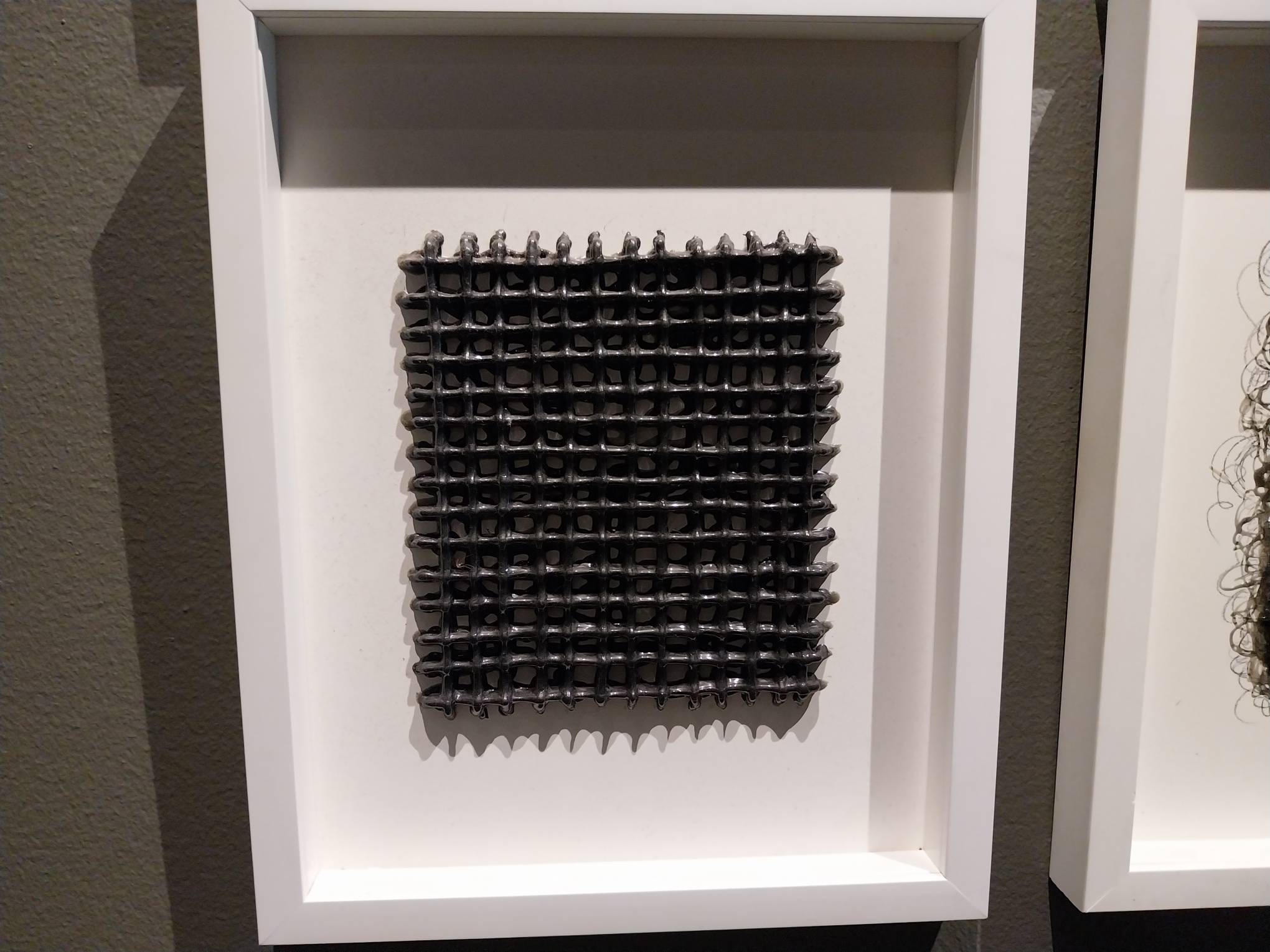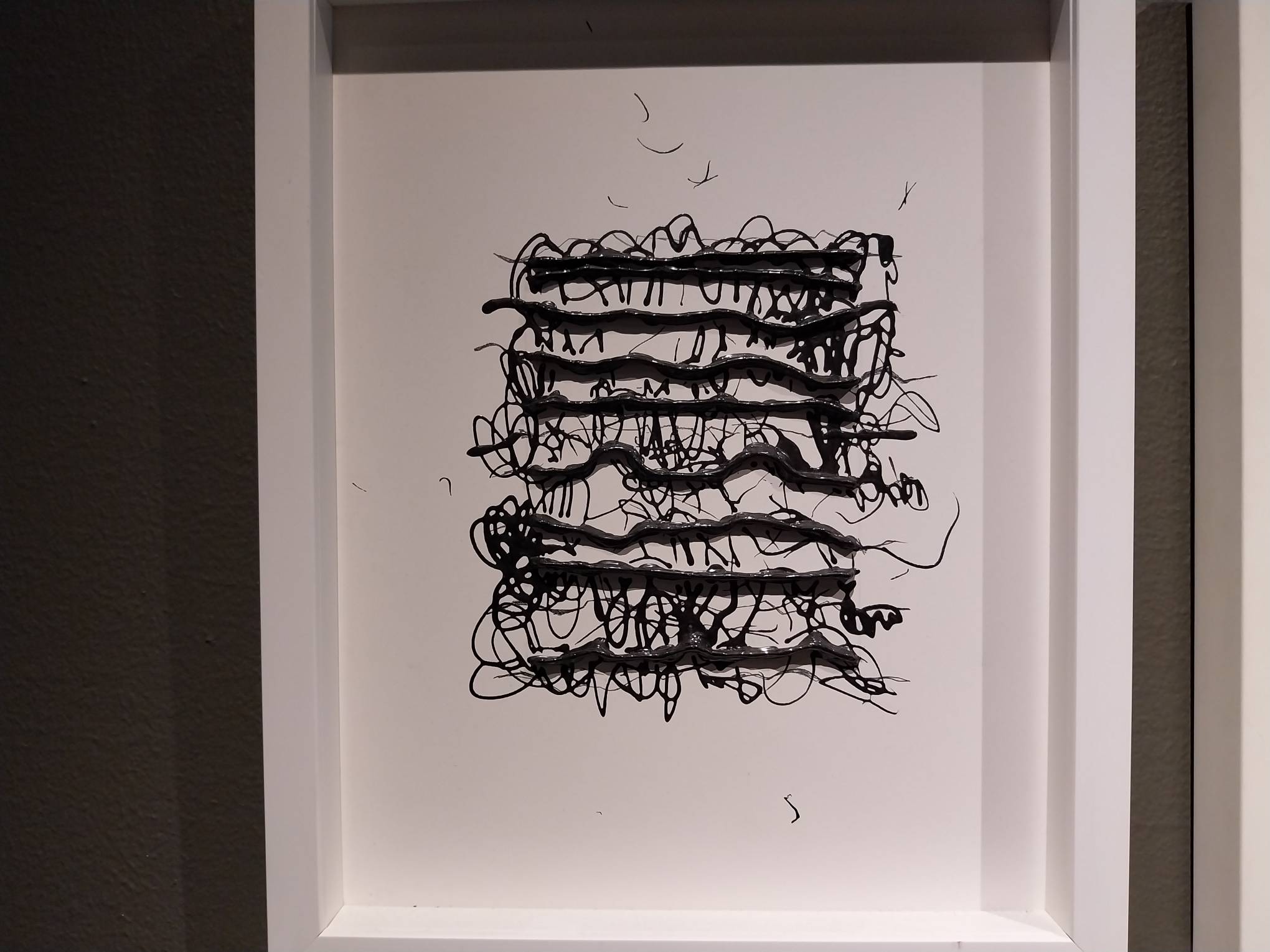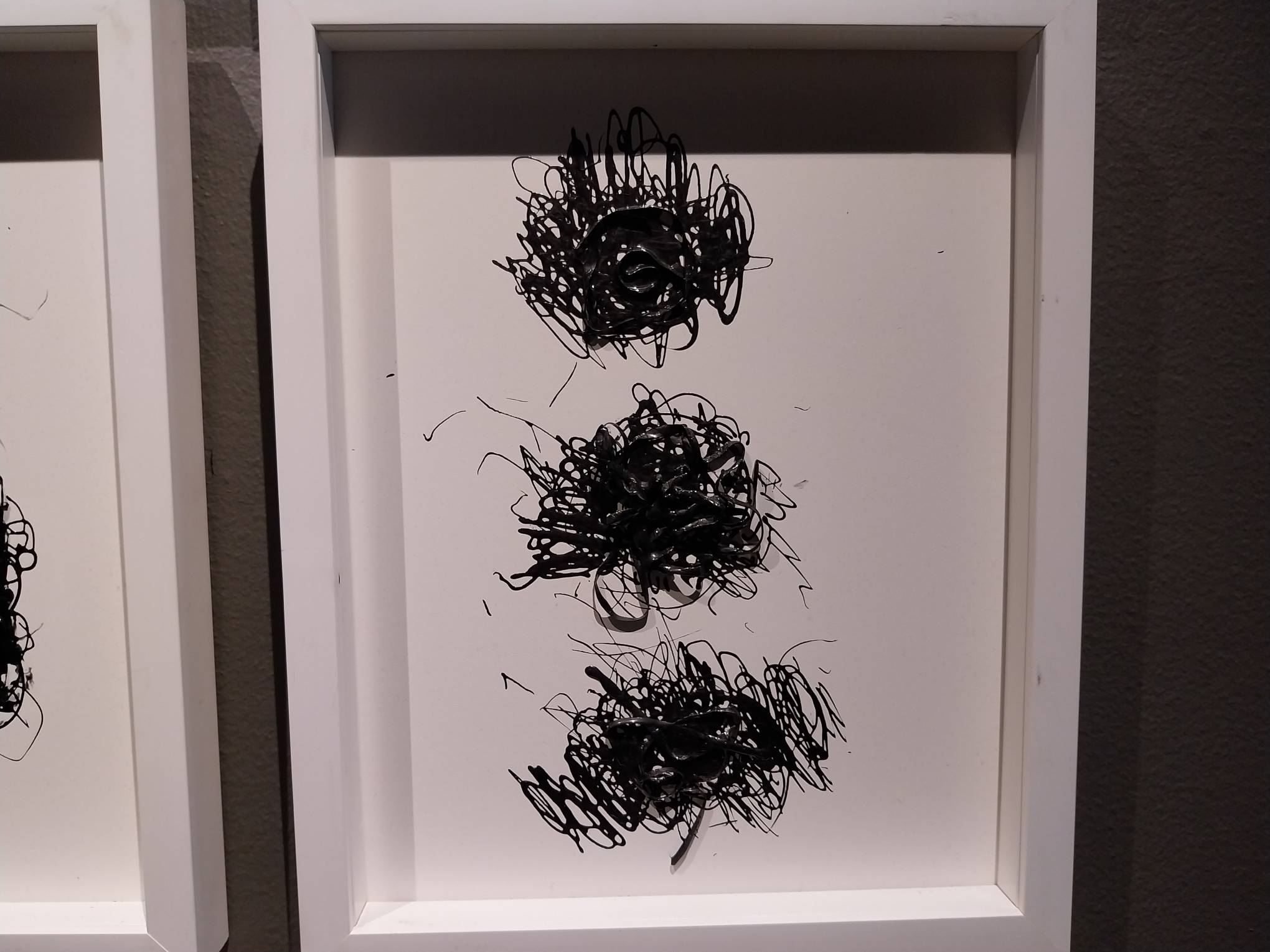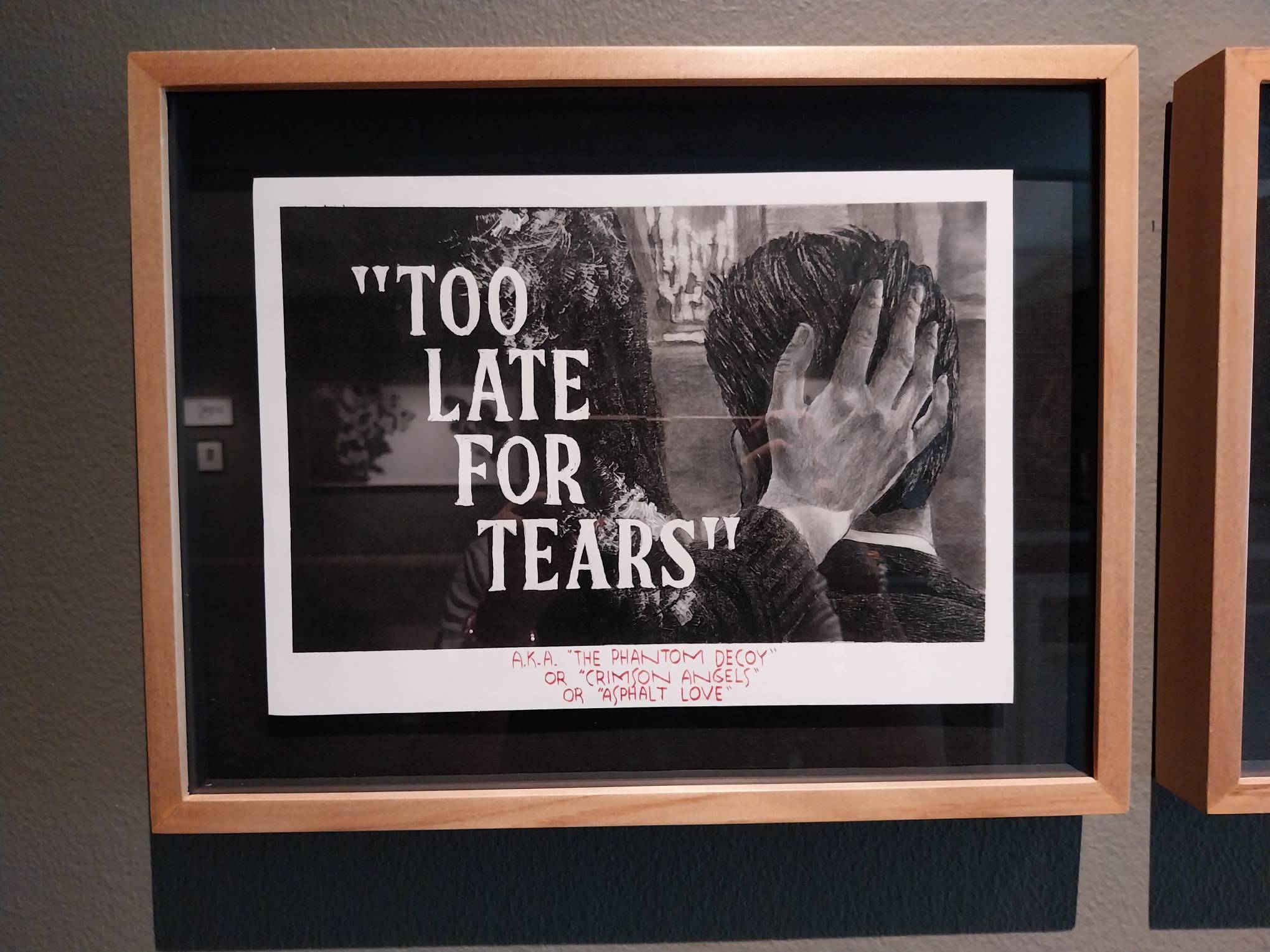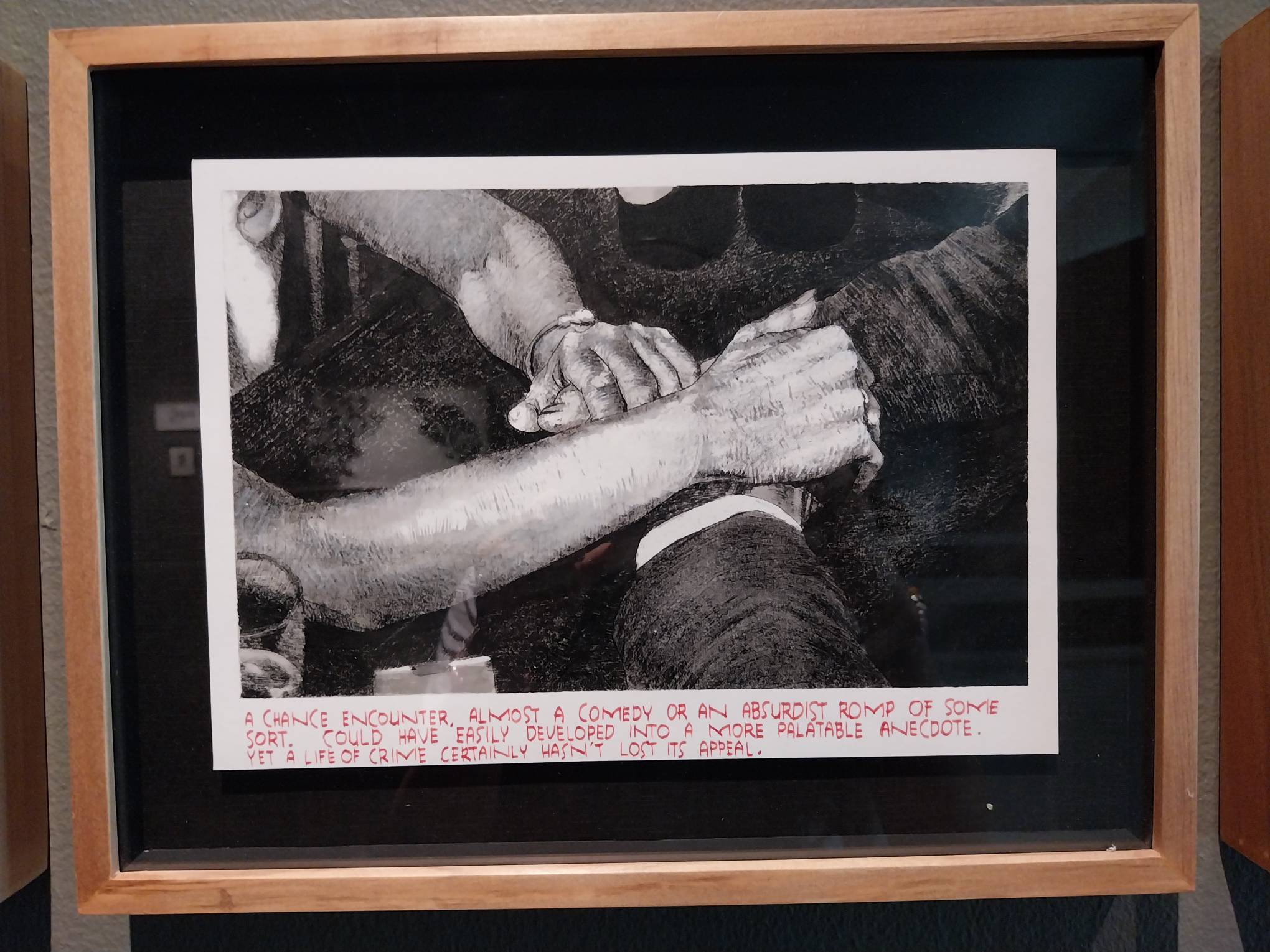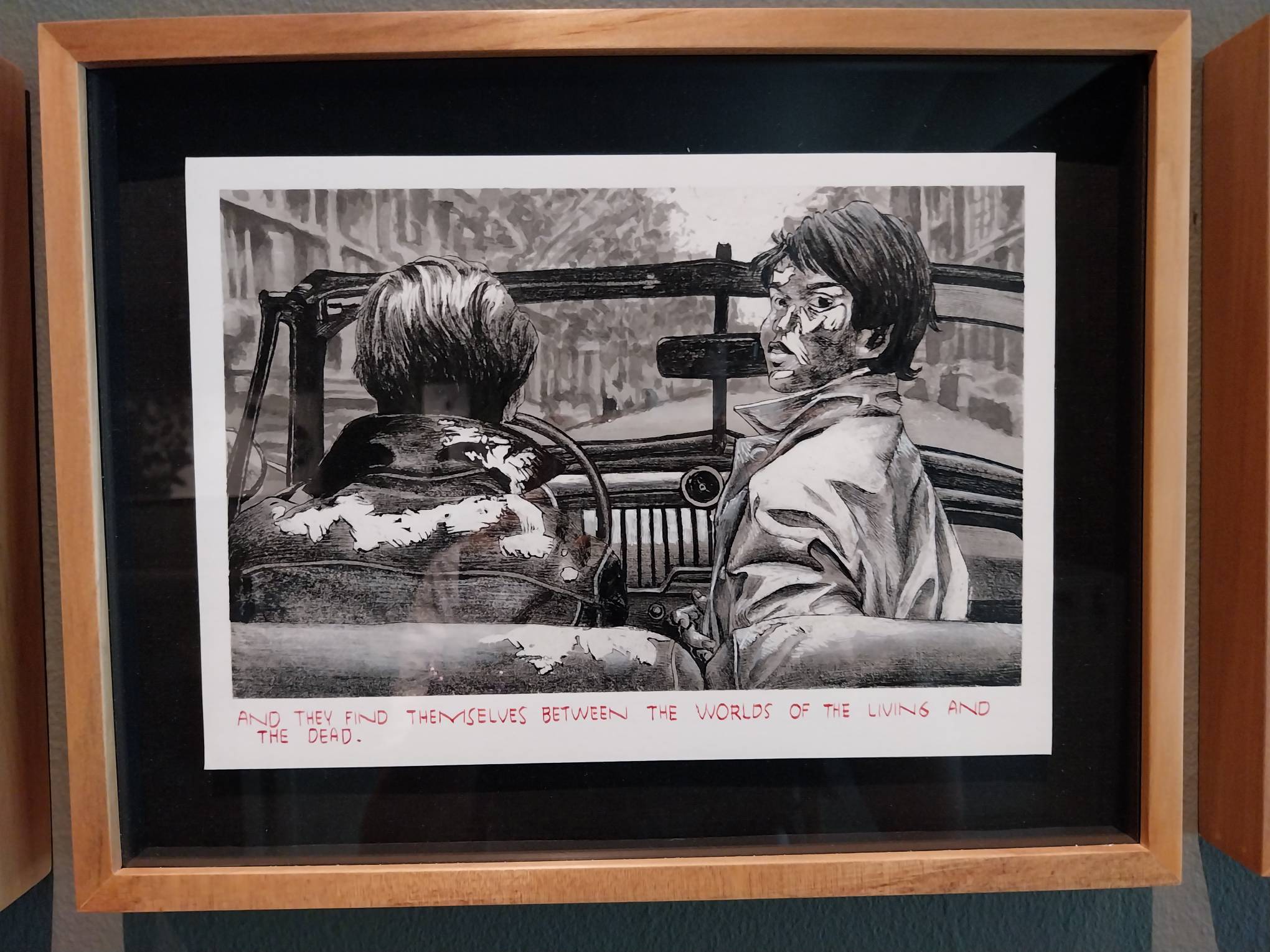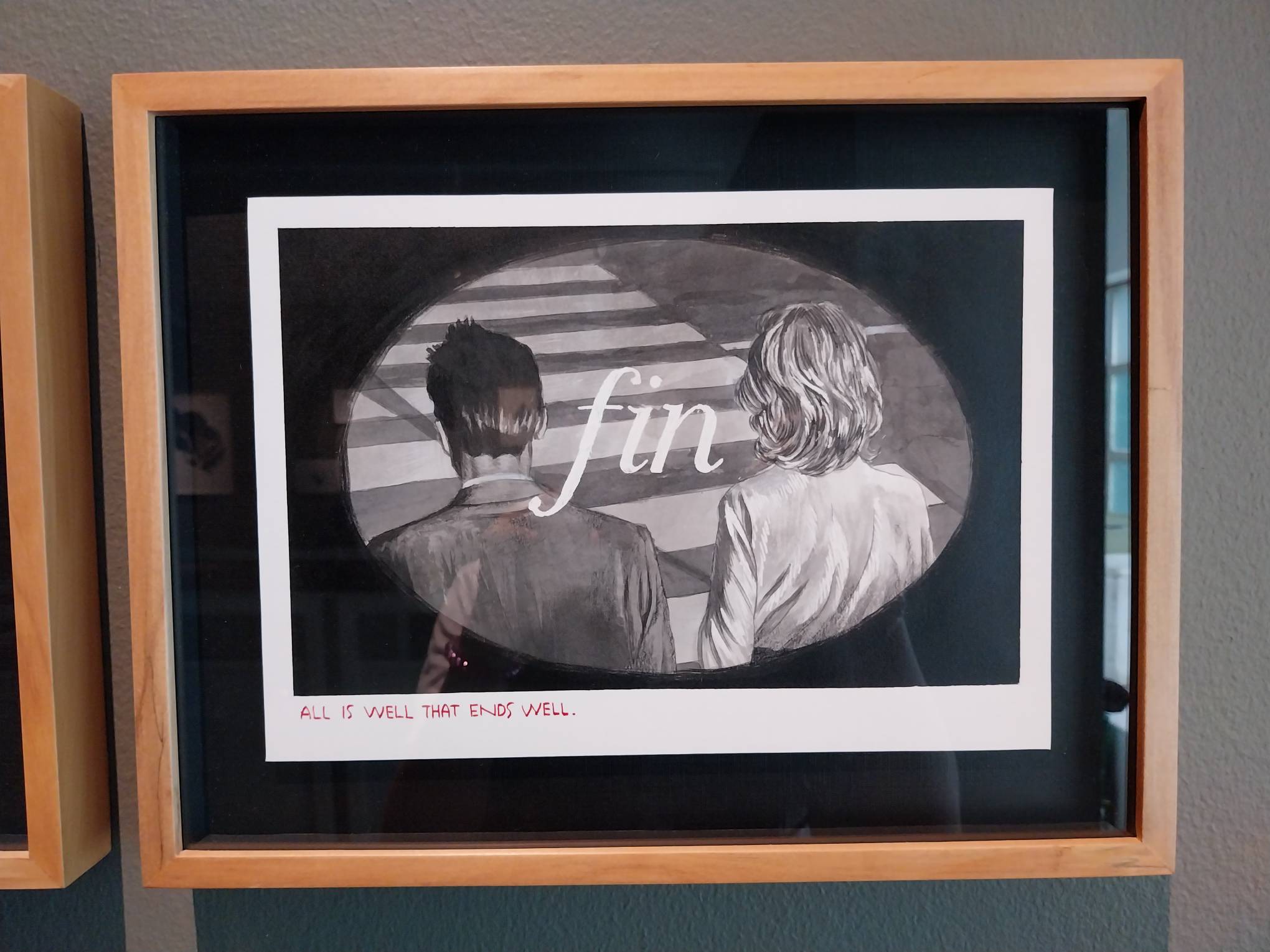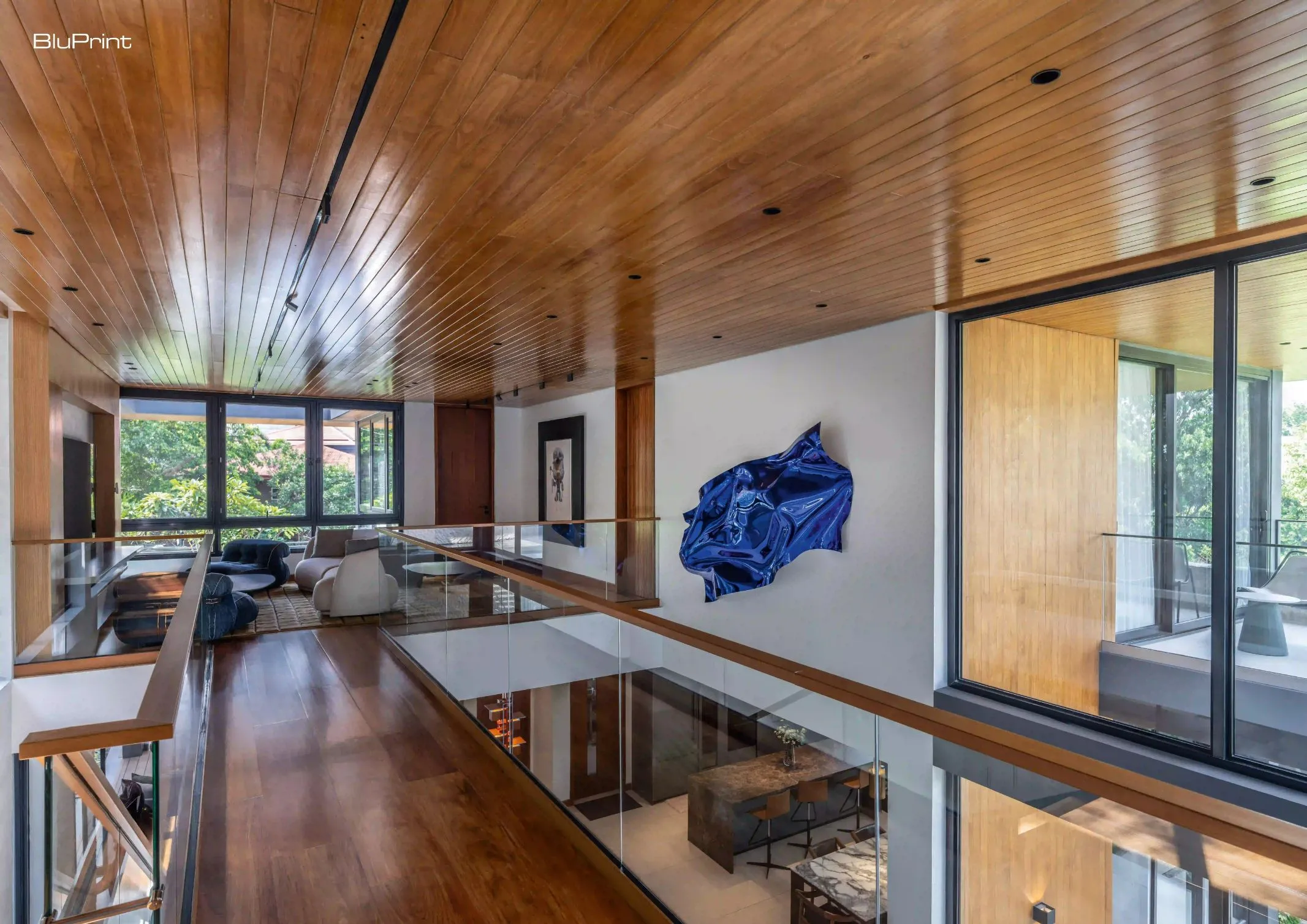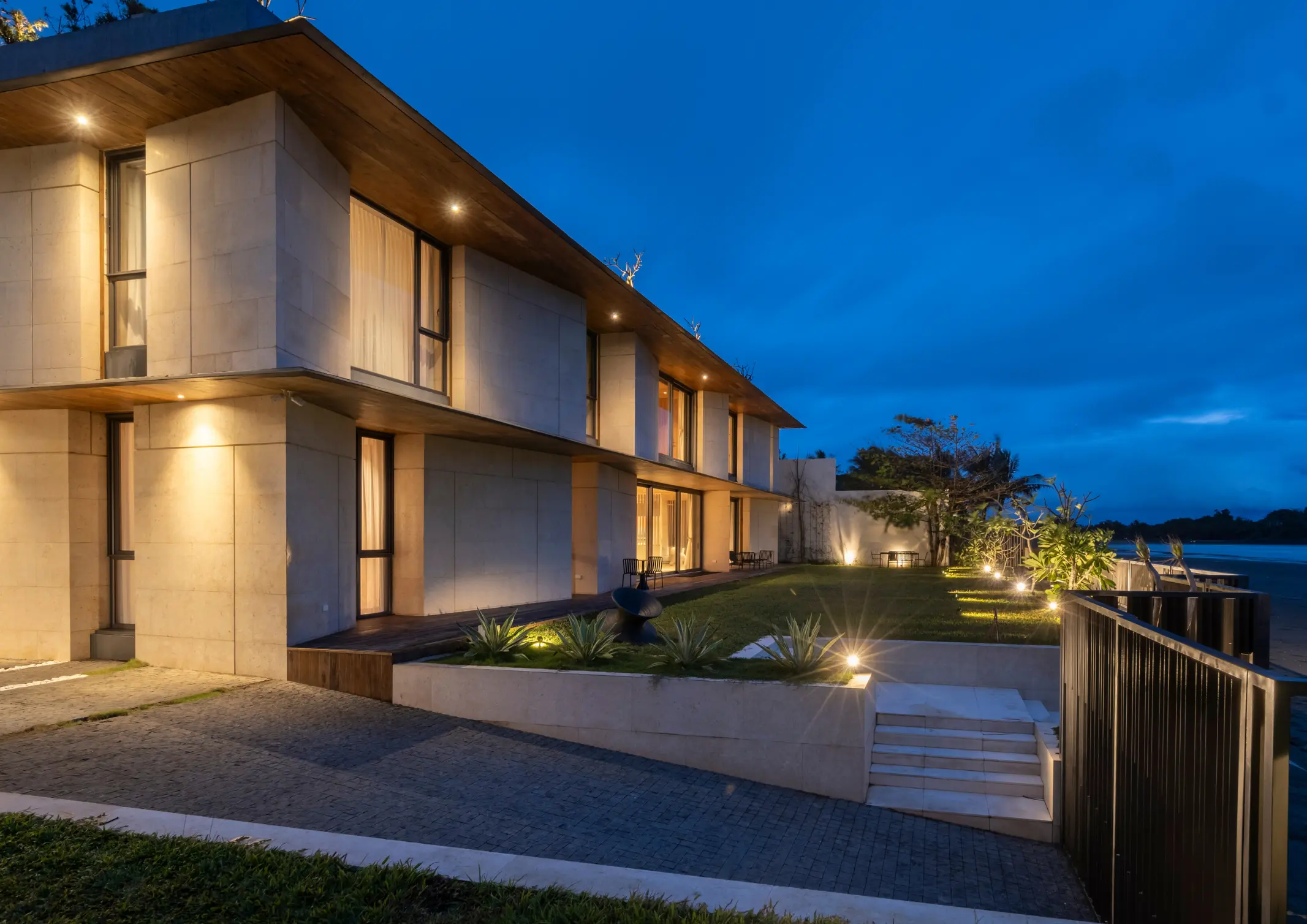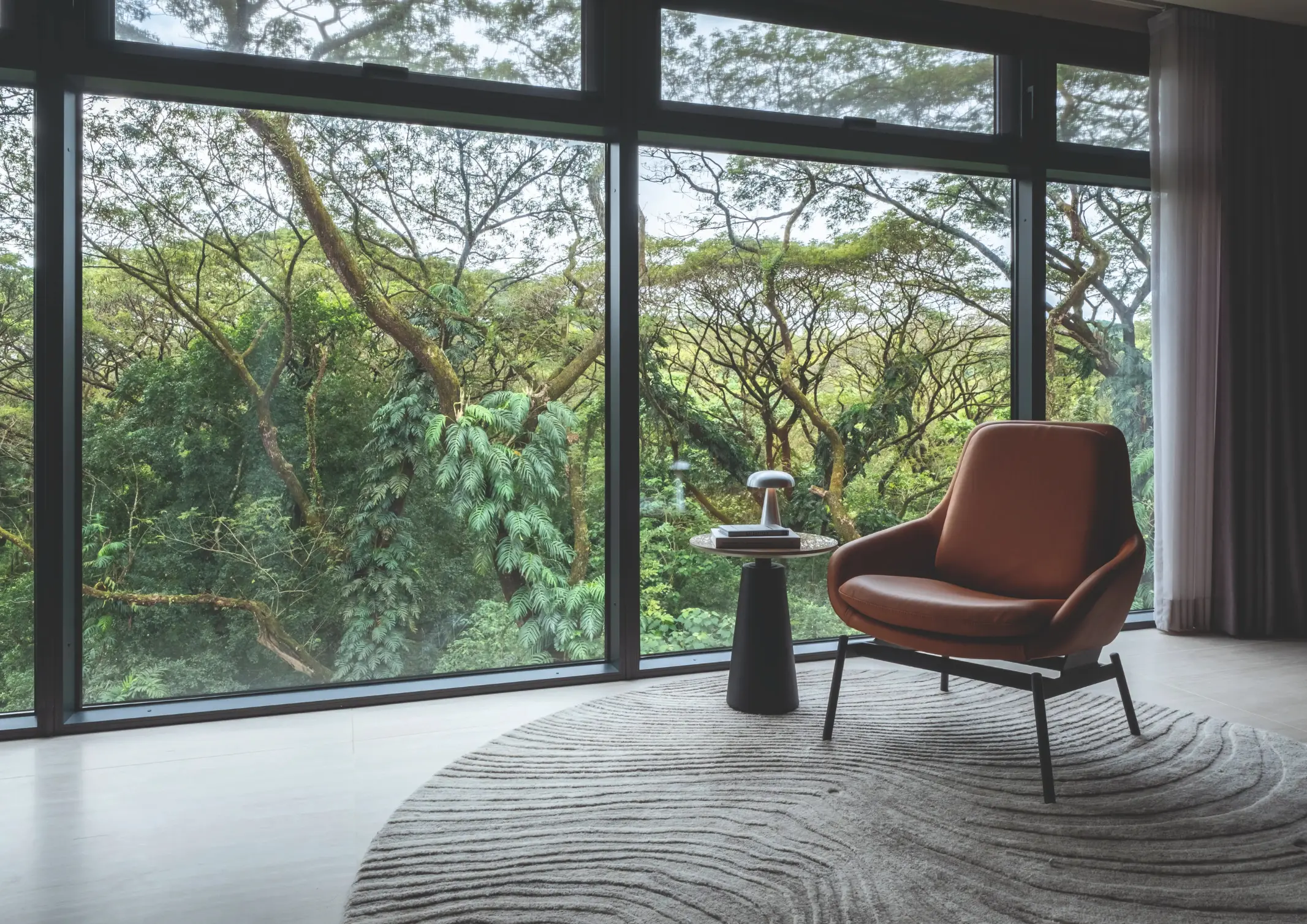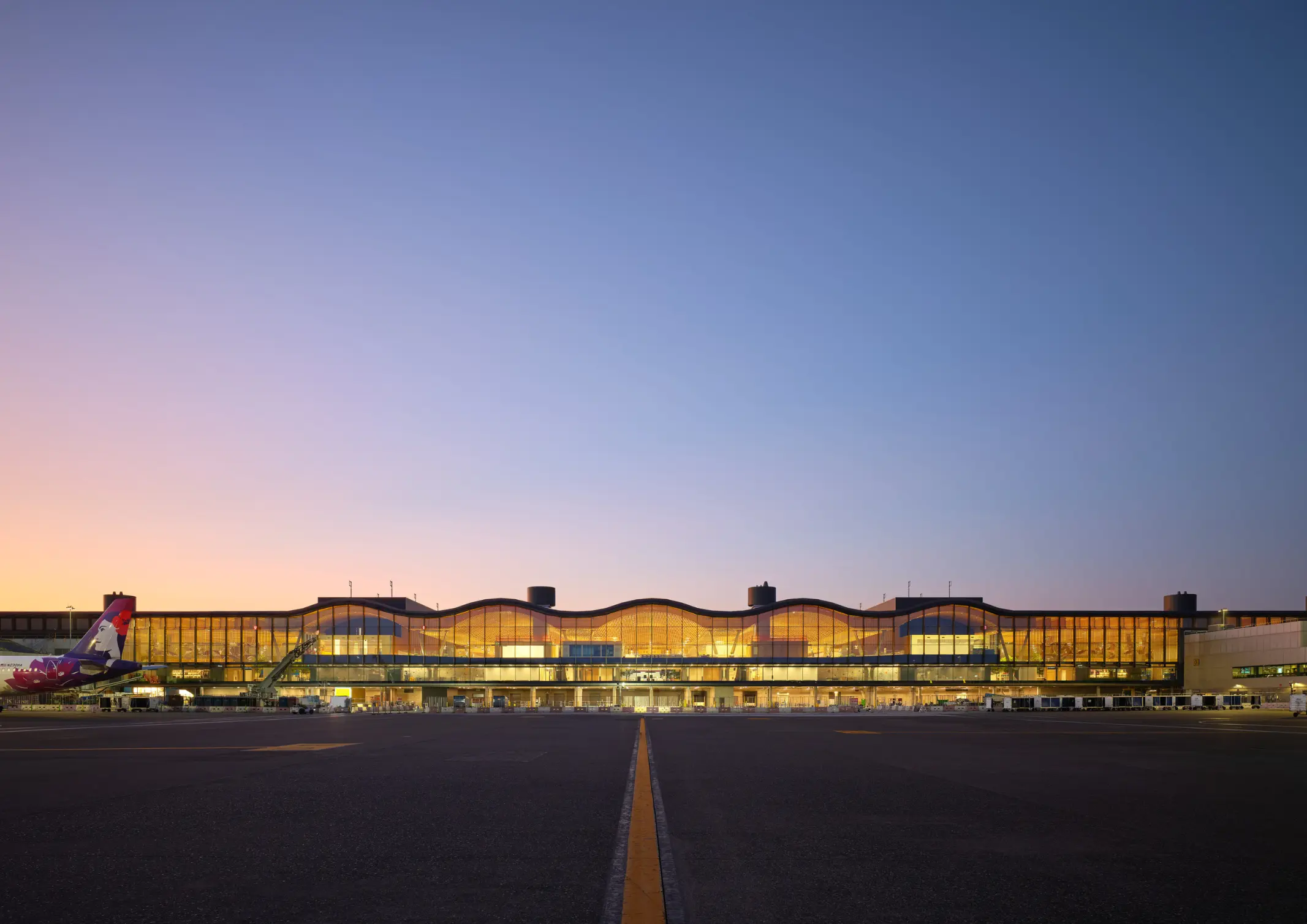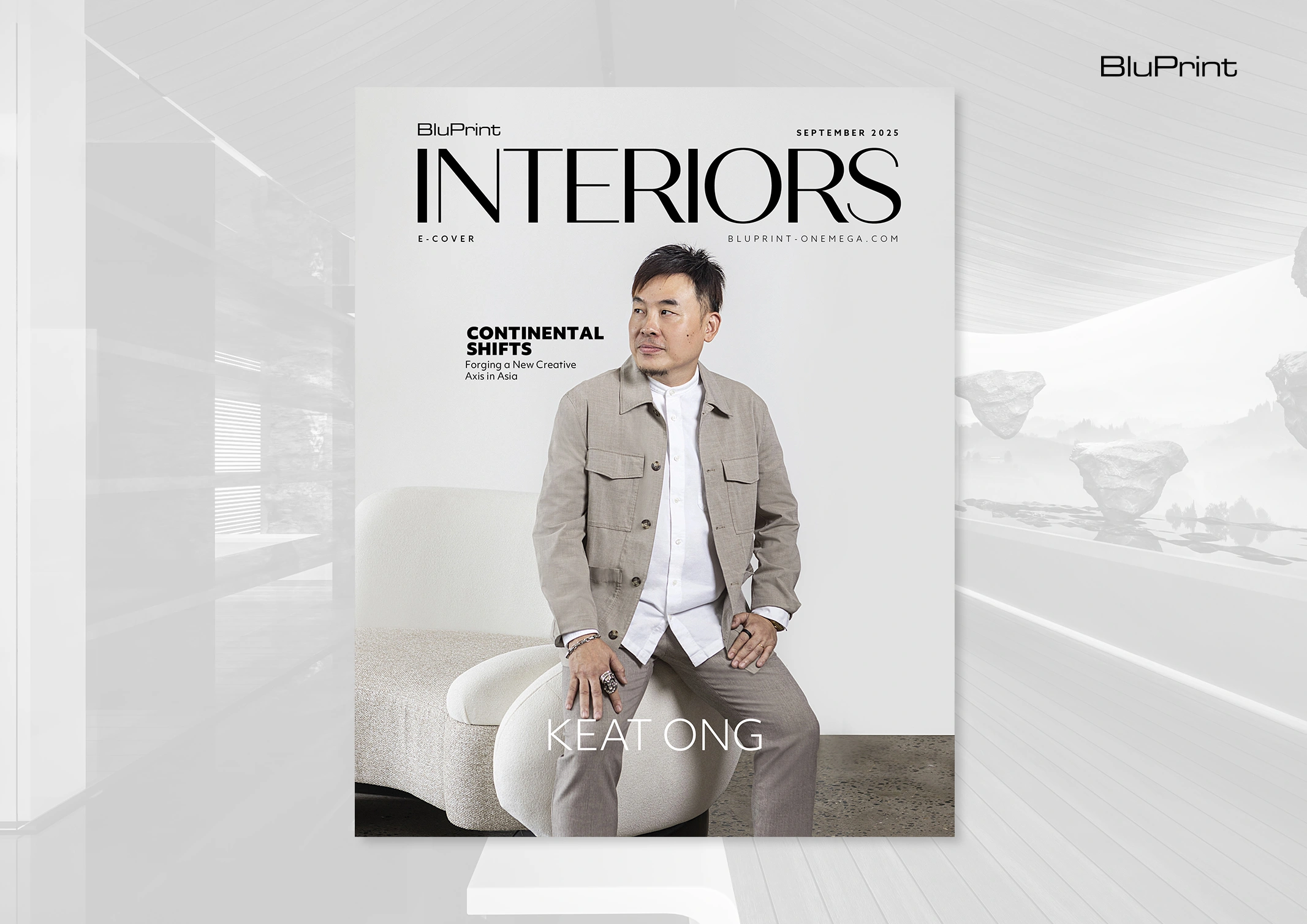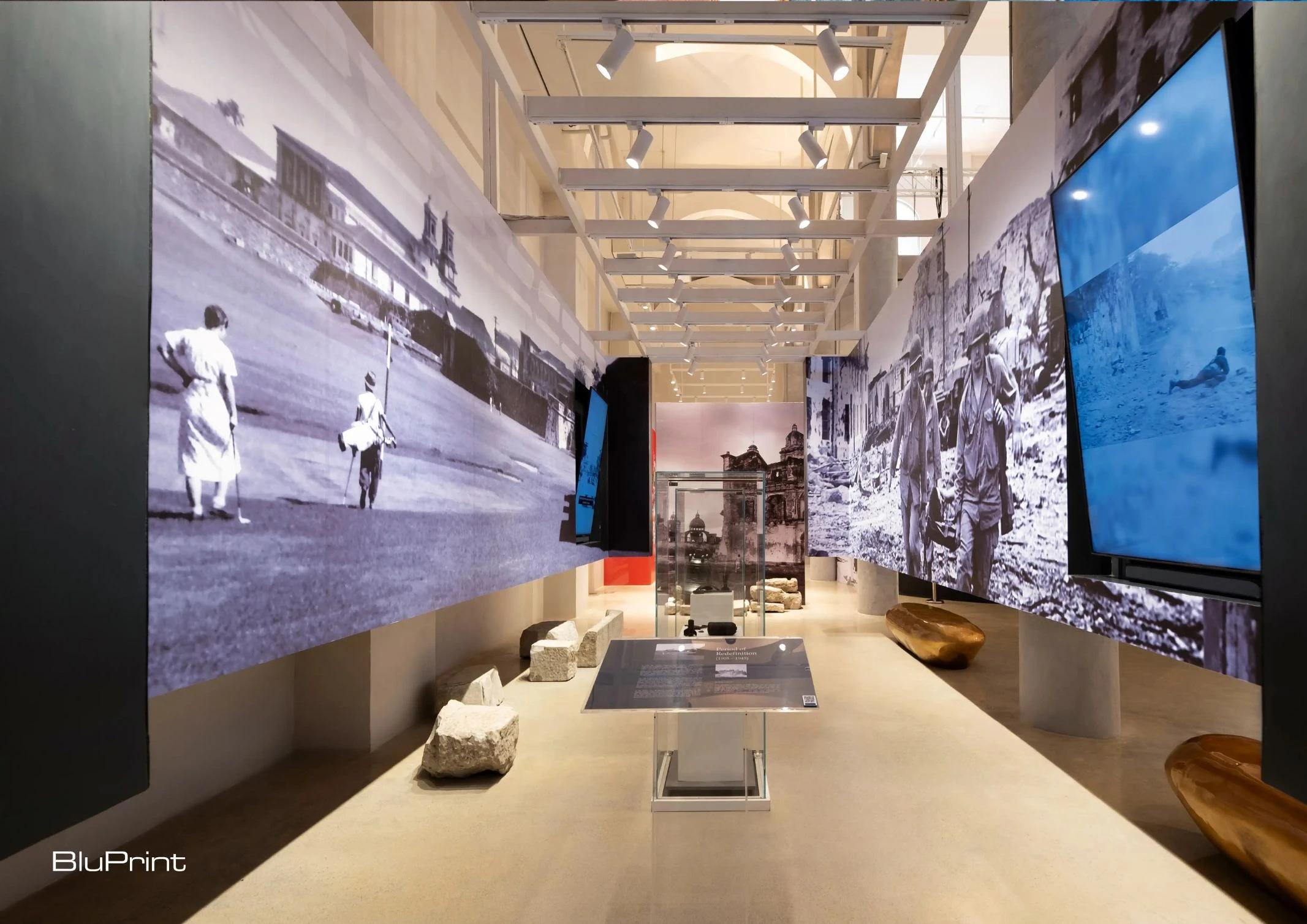The Creek House is a modern take on a Filipino home. Created by BRIOARC Design Studio, this house is intended for a family seeking a residence that evokes the charm of their provincial home. From the initial drawing the architects made several years back, the close connection between the structure and its landscape was already […]

“Eclipse: The Strange and the Familiar” Offers a New Spin on a Retrospective
The new Artinformal group exhibition, Eclipse: The Strange and the Familiar curated by Stephanie Frondoso, builds selected artists’ past works—some of which are decades old. Of course, artist retrospectives aren’t new. But the stated goals here carries the idea of finding meaning in art beyond producing works. The exhibit concerns itself with evolution, graphing the past and the exploration of the artist’s identity, even with perceived “lesser” works from an earlier time.
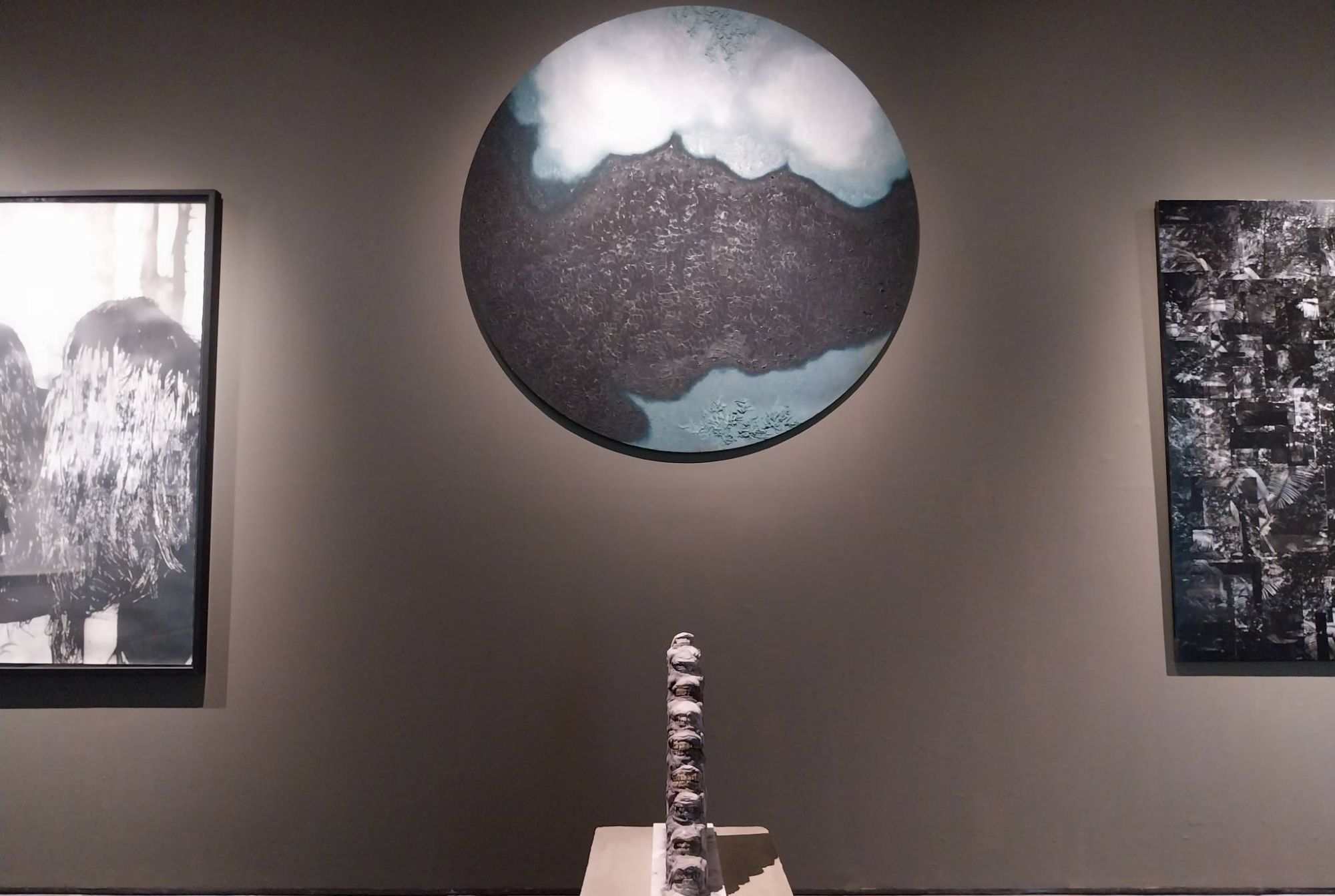
“By recontextualizing the works through presentation, Artinformal highlights the educational aspect of art, as it has done since the gallery’s origin, by considering artists as more than incessant producers, and instead by inquiring more holistically on how artworks had imperceptibly come to be,” Frondoso wrote in their artist note.
Portraits in Monochrome
Thematically, Eclipse: The Strange and the Familiar puts together a slew of monochrome works from different artists. Many exhibited with Artinformal in the past, and one of them, Salvador Joel Alonday, worked as a curator for the gallery. Frondoso believes that the choice allows one to focus on the progression of the artist, instead of focusing on “the numerous distractions of a robust and busting art scene.”
The works differ from artist to artist just enough that you start noticing different motifs and ideas. The output even varies between artists, from sketches and abstract drawings to photographs and sculptures.
Visually, the centerpiece of the exhibit combines Lui Medina’s painting “Untitled (After Metamorphic Histories) III” and Christina Quisumbing Ramilo’s “Slaughter of the Innocents” together to create an image of a stairway to a planetary body. It certainly catches one’s eyes when entering the exhibition room.
Each of the artist’s works Frondoso showcases tells a story about their evolution as artists. Ramilo’s sculptures, for example, focus on dentures, while her “Ruminations” series shown here uses sandpaper to illustrate decay. Both of these play within the same idea of preserving the rotting object, possibly as a commentary on the way we tend to discard things when they lose any utility for us.
Beyond the Past
A lot of the works here feel exciting to look at even without the context of the artist’s past. Monica Delgado’s nine “I used to hate drawing” paintings uses graphite and gel to create these abstract constructions that feel very precise in their placing even with how it uses the language of drip painting.

And Victor Balanon’s detailed inkworks “Waking Babylon Babylon Waking 08” and “Phantom Decoy” capture a sense of motion in how they portray our daily lives. “Phantom Decoy,” especially, feels like storyboards compiled together with how each image contributes to an actual storyline building up to the present.
The Artist’s Evolution as Changing Approaches
Exemplifying the subtitle “strange and familiar” are Raena Abella Abella’s “Trois Couers” wetplate collection. The works capture images of an octopus’s arm so surreal that it harkens back to the 2019 movie The Lighthouse. It certainly previews some of her works in the future, which are just as dark and meditative as the “Trois Couers” collection suggests.

Eclipse: The Strange and the Familiar captivates even if you aren’t familiar with the artists’ works, as great art often does. And for those who wish to delve deeper into the artists’ backgrounds, it adds a new dimension to understanding their artistic evolution. The Artinformal exhibit illustrates that while style and craft can improve over time, the core essence of the artists is present from the beginning, driving their growth and development into something greater.
Related reading: ‘Eclipse: a Forecast’: Light and Darkness of the Urban Landscapes
